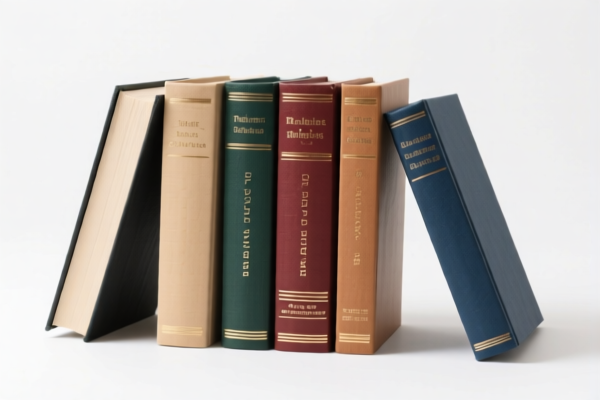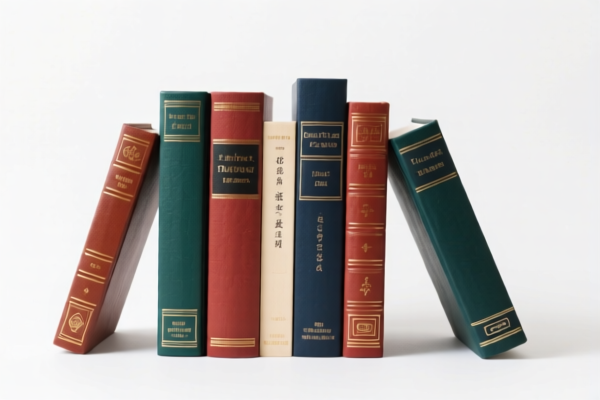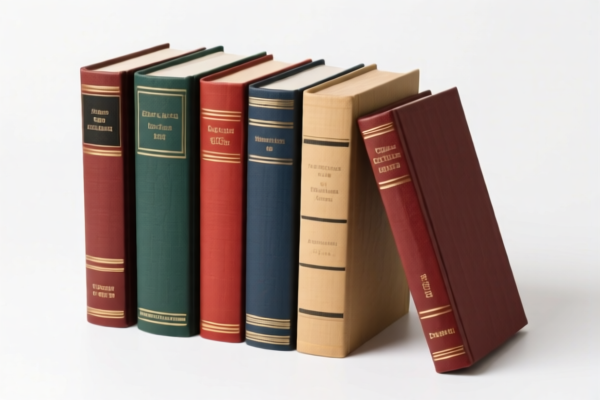| HS Code | Official Doc | Tariff Rate | Origin | Destination | Effective Date |
|---|---|---|---|---|---|
| 4901990070 | Doc | 37.5% | CN | US | 2025-05-12 |
| 4901990075 | Doc | 37.5% | CN | US | 2025-05-12 |
| 4903000000 | Doc | 30.0% | CN | US | 2025-05-12 |




Okay, let's break down the HS codes and tax implications for your declared "BOOK" items. Here's a structured analysis to help you understand the classification, rates, and important considerations:
Understanding HS Codes – A Quick Guide
The Harmonized System (HS) code is a globally standardized system used to classify traded products. It's a six-digit code, but countries can add further digits for more specific categorization. Here's how to interpret the codes you've provided:
- Chapter 49: This chapter covers "Printed books, newspapers, pictures and other products of the printing industry; manuscripts, typescripts and plans." This immediately tells us we're dealing with printed materials.
- Chapter 4901: Specifically covers "Printed books, brochures, leaflets and similar printed matter, whether or not in single sheets."
- Chapter 4903: Specifically covers "Children's picture, drawing or coloring books."
Detailed Analysis of Your Items
Let's look at each item individually:
1. Hardbound Books (HS Code: 4901.99.00.70)
- HS Code Breakdown:
- 4901: Printed books, brochures, leaflets, etc.
- 99: Other printed matter (this indicates it doesn't fall into more specific categories within 4901).
- 00: Further specification within "Other".
- 70: Specifically hardbound books.
- Tax Implications:
- Basic Duty: 0.0%
- Additional Tariff: 7.5% (Currently)
- Additional Tariff (Post April 2, 2025): 30%
- Total Tax: 37.5% (Currently)
- Important Notes: The 7.5% additional tariff is subject to change on April 2, 2025, increasing to 30%. Please confirm the material of the book cover and binding. Different materials might have different requirements.
2. Rack Size Paperbound Books (HS Code: 4901.99.00.75)
- HS Code Breakdown:
- 4901: Printed books, brochures, leaflets, etc.
- 99: Other printed matter.
- 00: Further specification within "Other".
- 75: Specifically rack size paperbound books.
- Tax Implications:
- Basic Duty: 0.0%
- Additional Tariff: 7.5% (Currently)
- Additional Tariff (Post April 2, 2025): 30%
- Total Tax: 37.5% (Currently)
- Important Notes: Similar to the hardbound books, the additional tariff will increase to 30% after April 2, 2025. Please confirm the paper quality and binding method.
3. Children's Picture, Drawing or Coloring Books (HS Code: 4903.00.00.00)
- HS Code Breakdown:
- 4903: Children's picture, drawing or coloring books.
- 00: Further specification within "Children's picture, drawing or coloring books".
- 00: Further specification within "Children's picture, drawing or coloring books".
- 00: Further specification within "Children's picture, drawing or coloring books".
- Tax Implications:
- Basic Duty: 0.0%
- Additional Tariff: 0.0% (Currently)
- Additional Tariff (Post April 2, 2025): 30%
- Total Tax: 30.0% (Currently)
- Important Notes: This category currently benefits from a 0% additional tariff, but this will change to 30% after April 2, 2025. Please ensure the books are specifically designed for children (age range, content, etc.) to avoid potential reclassification.
Recommendations & Key Considerations:
- Material Verification: The material composition of the books (paper type, cover material, binding material) is crucial for accurate classification.
- Single Piece Value: If the value of a single book is very high, it might be subject to different import regulations.
- April 2, 2025 Tariff Changes: Be prepared for the increased additional tariffs after April 2, 2025. Factor this into your pricing and import planning.
- Country of Origin: Ensure you have the correct documentation proving the country of origin for each item.
- Commercial Invoice: Your commercial invoice should clearly describe each item, its material composition, and its intended use.
Disclaimer: I am an AI assistant and this information is for general guidance only. Import regulations can be complex and subject to change. It is always best to consult with a licensed customs broker or relevant government authorities for specific advice tailored to your situation.
Customer Reviews
The breakdown of each HS code and the corresponding tax rates was clear and concise. This saved me a lot of time researching on my own.
The section on verifying the book's material and binding was really useful. I had a question about the cover, and this helped me know what to check.
The detailed explanation of the 7.5% additional tariff and the note about the April 2025 increase saved me from a potential mistake. Highly recommended for exporters.
The page has good info, but the images of the books didn't help much. Still, the tariff rates and effective dates were clear and accurate.
I was looking for HS codes for children's books, and 4903000000 with the 30% tariff was spot-on. The classification breakdown made it easy to understand.